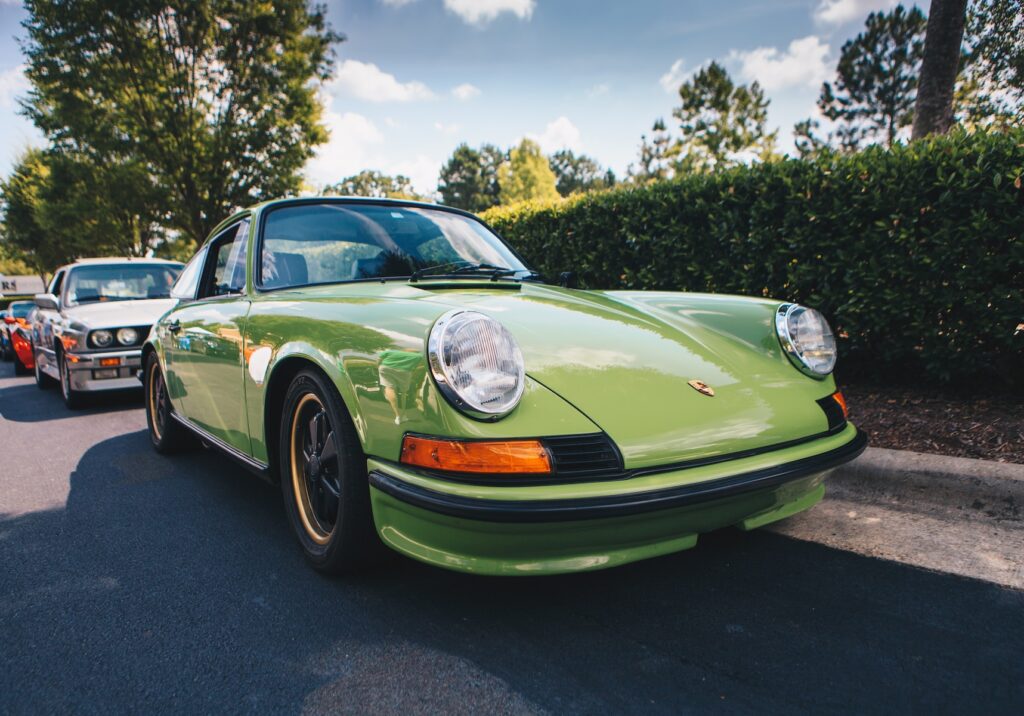
When it comes to shipping your car cross country, choosing between open and enclosed car transport can be a crucial decision. This choice impacts not only the cost but also the level of protection your vehicle receives during transit. Open car transport is often favored for its affordability and widespread availability, while enclosed car transport offers superior protection, particularly for high-value or classic vehicles. Understanding these options can help you make an informed decision that balances cost with the care your vehicle deserves.
Summary
Understanding Open Car Transport
Open car transport is one of the most popular and cost-effective methods for shipping vehicles across the country. Here, we’ll break down how open car transport works, its advantages, and its potential drawbacks.
What is Open Car Transport?
Open car transport involves loading vehicles onto an open-air trailer that is exposed to the elements. These trailers can carry multiple cars at once, making the process more efficient and affordable. This method is widely used for transporting everyday vehicles and offers a practical solution for many car owners.
Benefits of Open Car Transport
1. Cost-Effective: Open car transport is generally cheaper than enclosed transport due to its higher availability and the fact that multiple vehicles can be shipped together on a single trailer. This method’s economy makes it a popular choice for those shipping standard vehicles or looking to save on transport costs.
2. Availability: Given its popularity, open car transport services are widely available and can accommodate a variety of vehicles. This means shorter wait times and more flexible scheduling for your car shipping needs.
Drawbacks of Open Car Transport
1. Exposure to Elements: Vehicles shipped via open transport are exposed to weather conditions and road debris. This exposure can lead to dirt, rain, or even minor damage to the vehicle’s exterior. Although this risk is often minimal, it’s something to consider, especially for high-value or luxury vehicles.
2. Limited Protection: Unlike enclosed transport, open car transport does not offer any protection against potential hazards like rocks or debris kicked up from the road. This can be a concern for those shipping classic or luxury cars that require extra care.
Understanding Enclosed Car Transport
Enclosed car transport offers a higher level of protection for vehicles during transit. In this section, we will delve into what enclosed car transport entails, its benefits, and its drawbacks.
What is Enclosed Car Transport?
Enclosed car transport involves shipping vehicles in a fully enclosed trailer, providing protection from weather, road debris, and potential damage. These trailers are designed to safeguard high-value, classic, or luxury cars during long-distance transport. Enclosed transport typically involves fewer vehicles per trailer, which allows for a more personalized service and enhanced care.
Benefits of Enclosed Car Transport
1. Superior Protection: Enclosed transport shields vehicles from adverse weather conditions, road debris, and other environmental factors that could potentially damage the car’s exterior. This level of protection is particularly valuable for high-end, classic, or rare vehicles that require extra care.
2. Increased Security: Enclosed trailers offer an added layer of security, reducing the risk of theft or vandalism. This makes enclosed transport a preferred choice for vehicles that are valuable or irreplaceable.
Drawbacks of Enclosed Car Transport
1. Higher Cost: Due to the added protection and lower capacity of enclosed trailers, the cost of enclosed car transport is significantly higher than open transport. This method is often reserved for high-value or specialty vehicles where the extra expense is justified.
2. Limited Availability: Enclosed transport services are less common than open transport, which can lead to longer wait times and less flexible scheduling. This might affect the overall convenience if you’re working within tight deadlines.
Comparing Open vs. Enclosed Car Transport
Deciding between open and enclosed car transport requires a careful comparison of the two methods. This section will provide a detailed analysis to help you choose the best option for your vehicle based on various factors such as cost, protection, and vehicle type.
Cost Comparison
Open Car Transport: Generally more affordable, open car transport allows for the shipping of multiple vehicles at once, which helps spread out the cost. This makes it a cost-effective solution for shipping everyday vehicles or for those on a budget.
Enclosed Car Transport: The cost is significantly higher due to the enhanced protection and personalized service. Enclosed transport is often reserved for high-value, classic, or luxury cars where the added expense is justified by the need for extra care and security.
Protection and Safety
Open Car Transport: While cost-effective, open car transport exposes vehicles to environmental elements such as rain, dirt, and road debris. Although the risk of damage is generally low, it’s a factor to consider, especially for valuable or delicate vehicles.
Enclosed Car Transport: Provides superior protection against the elements and potential hazards. Vehicles are sheltered from adverse weather conditions and road debris, making this method ideal for high-end or classic cars that require extra safeguarding.
Vehicle Type and Value Considerations
Everyday Vehicles: For standard cars or those with less monetary or sentimental value, open car transport is often sufficient and more budget-friendly.
Luxury or Classic Vehicles: Enclosed car transport is recommended for high-value, luxury, or classic vehicles due to its superior protection and security. This method ensures that such cars receive the care they deserve during transit.
Case Study: Choosing the Right Car Transport for Luxury Vehicles
Understanding the practical implications of choosing between open and enclosed car transport can be clarified through real-world examples. This case study highlights how selecting the appropriate transport method made a significant difference for a luxury vehicle shipment.
Case Study Overview
A client, an avid car enthusiast, needed to transport a rare, classic Ferrari from California to New York. Given the car’s high value and its importance to the client, selecting the right transport method was crucial. The client initially considered open car transport to save on costs but decided to opt for enclosed transport based on our recommendation.
How We Solved the Issue
Upon assessing the client’s needs, we recommended enclosed car transport for the Ferrari. This choice was made to ensure maximum protection against potential damage from weather and road debris during the long cross-country journey. We coordinated with an experienced transport service that specializes in handling high-value vehicles, ensuring that the Ferrari would be securely housed in a fully enclosed trailer with minimal handling.
Our team also provided regular updates to the client throughout the transport process, offering peace of mind and confirming that their valuable vehicle was being handled with the utmost care.
Results and Feedback
The Ferrari arrived in New York in pristine condition, reflecting the effectiveness of the enclosed transport method. The client was highly satisfied with the outcome and appreciated the level of protection and professionalism provided. This case underscores the importance of selecting the right transport method for valuable or rare vehicles and demonstrates how enclosed transport can offer superior results.
If you’re ready to ship your car this month, leave a comment below or get a free quote now.
